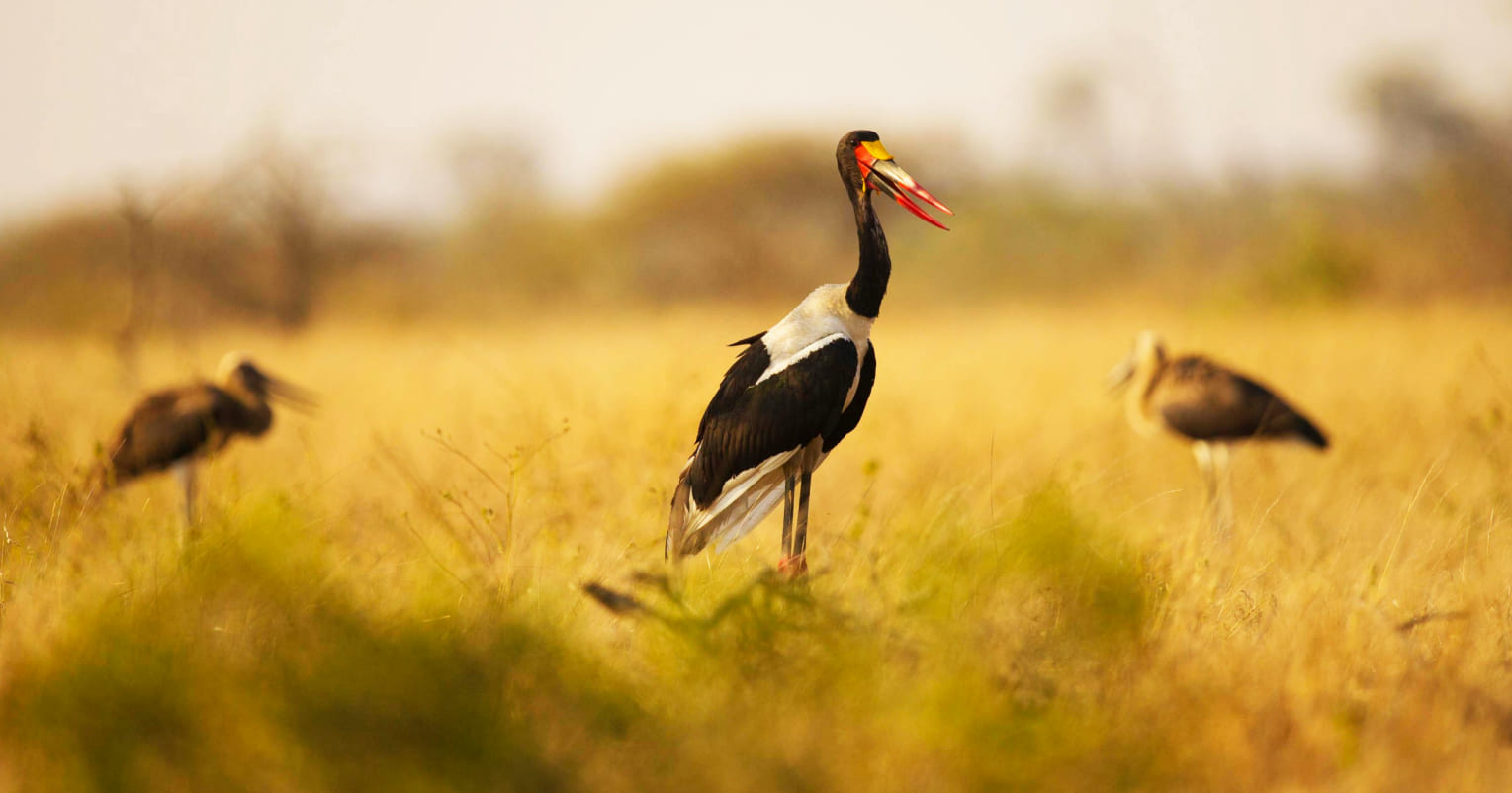
The Majestic World of Big Cats: Apex Predators of the Animal Kingdom
Big cats, including lions, tigers, leopards, and cheetahs, are some of the most iconic and formidable predators in the animal kingdom. Known for their strength, agility, and beautiful markings, these majestic creatures have captured the fascination of humans for centuries. Each species has its unique adaptations that enable it to thrive in various habitats, from the savannas of Africa to the dense jungles of Southeast Asia.
Lions are unique among big cats for their social behavior, living in prides that consist of related females and their young, along with a few dominant males. This social structure allows them to cooperate in hunting and protecting their territory. In contrast, tigers are solitary animals, known for their stealth and power. Their distinctive striped coats provide excellent camouflage in their forested habitats, allowing them to ambush prey effectively.
Cheetahs, the fastest land animals, have evolved incredible speed to catch agile prey like gazelles. Their slender bodies and specialized respiratory systems enable them to reach speeds of up to 60 miles per hour in short bursts. However, despite their impressive adaptations, big cats face significant threats, including habitat loss, poaching, and human-wildlife conflict. Conservation efforts are essential to protect these apex predators and their habitats, ensuring that future generations can appreciate the beauty and significance of big cats in our world.




